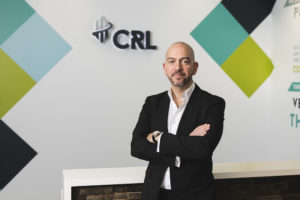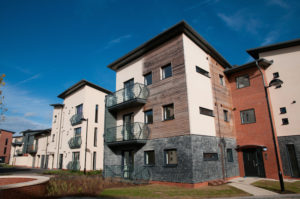
The co-operation between a developer and its structural defects team is a vital component in the successful completion of a project, explains Steve Mansour, CEO of house-building insurance specialist CRL.
The complexity of building a house or managing a multi-property development is well known to any construction company that’s taken on the challenge before. And when that daunting prospect is undertaken by a newcomer to property development, the complications can multiply from a lack of experience. One perhaps unlikely source of support can be the project’s structural insurance specialist which also has ‘skin in the game’ in ensuring that the project is a long-term success.
Reputable structural insurers and their agents work with developers every step of the way to make sure their projects are safe and secure, and fit for purpose. In securing the structural defects insurance required by lenders, the inspections carried out by insurers agents, such as CRL, can be more comprehensive than those done by Building Control representatives – as the required criteria for safety and durability is higher – and so our customers know that we are helping them achieve the highest standards of construction.
Reasons for cover
No matter which insurer a developer engages, there are four main reasons for getting structural defects insurance (SDI) cover for every project:
- It offers a reputational guarantee
The 10-year cover includes the cost of fixing any issues as they appear within a decade of completion. - It makes the initial sale easier
Understandably, mortgage lenders want the reassurance that a property is structurally sound before agreeing to loan money to the purchaser. But even when the new home-owner is a cash-buyer, they may want to sell on within 10 years to someone who requires a mortgage. - It’s transferable
If the home-owner moves within 10 years, the cover is transferred to the new owner. - It makes economic sense
Repairing an average structural defect could cost as much as £40,000, but having insurance cover will entail an outlay of just a fraction of that. In addition, with SDI cover, there is no need to prove fault or negligence, simply that the defect exists in order for the insurer to pay for it to be fixed.
 Beginning to end
Beginning to end
At CRL we work with developers, architects, self-builders and local authorities to ensure the correct progression of a project. Our involvement usually starts at the beginning of construction work and we carry out regular onsite inspections, usually once a month, to check all aspects of the structure. This includes foundations, external and internal load-bearing walls, floors, roof and roof covering, exterior wall face, windows and external doors – as well as the installation of utilities systems.
We check both the physical work and documentation, to produce reports and make recommendations for future requirements. Once the project has been completed, Building Control has signed-off on the development, and our surveyors are satisfied that all work has been carried out in line with our standards, we send our final report to our underwriter, who then issues the structural defects insurance certificate.









